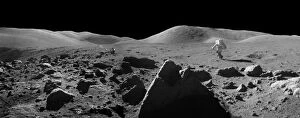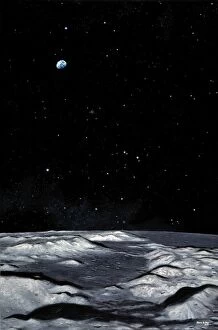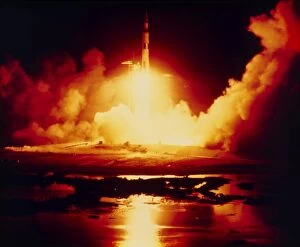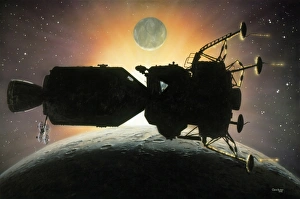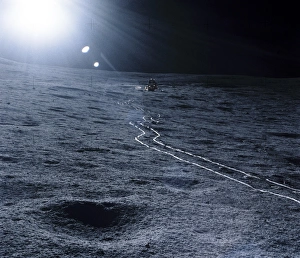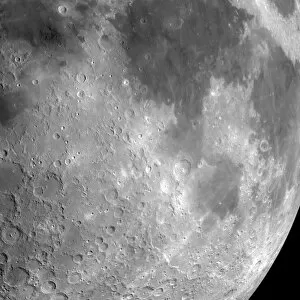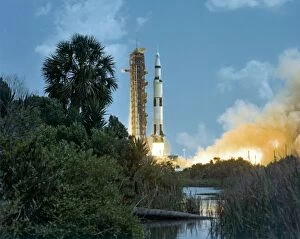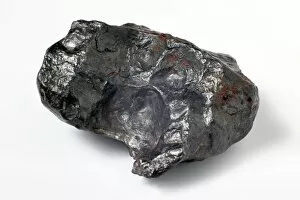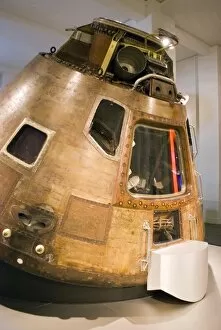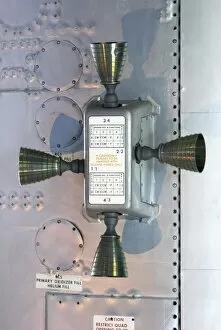Apollo Program Collection (page 2)
The Apollo program was a monumental achievement in human history, as it allowed us to explore and set foot on the Moon for the very first time
All Professionally Made to Order for Quick Shipping
The Apollo program was a monumental achievement in human history, as it allowed us to explore and set foot on the Moon for the very first time. The iconic image of Earthrise over the Moon, captured by Apollo 8, showcased our planet's beauty from an entirely new perspective. This breathtaking view served as a reminder of our interconnectedness and fragile existence within the vastness of space. Apollo 11 further solidified our presence on the lunar surface with Neil Armstrong's historic footprint, forever marking mankind's triumph in reaching another celestial body. As subsequent missions followed suit, astronauts like those from Apollo 17 continued to leave their indelible marks upon the Moon's dusty terrain. Alan Bean, an astronaut from Apollo 12, ventured beyond boundaries known to humanity before him. His presence on the Moon symbolized not only scientific exploration but also artistic expression through his unique paintings inspired by his experiences in space. As we gazed back at Earth from this alien landscape, we were reminded of its preciousness and vulnerability. Seeing our home planet suspended against the black void emphasized that we must cherish and protect it for future generations. Inside the cramped quarters of the Lunar Module during these missions, astronauts faced challenges head-on while conducting experiments and making groundbreaking discoveries about lunar geology and potential resources. Eugene Cernan's final steps on behalf of Apollo 17 marked both an end and a beginning - closing out this remarkable chapter in space exploration while igniting dreams for future endeavors among aspiring scientists worldwide. The legacy left behind by all who participated in these extraordinary missions will forever inspire us to push boundaries further than ever before. The footprints they left behind serve as a testament to human ingenuity and determination - proof that when united towards a common goal, there is no limit to what we can achieve.

